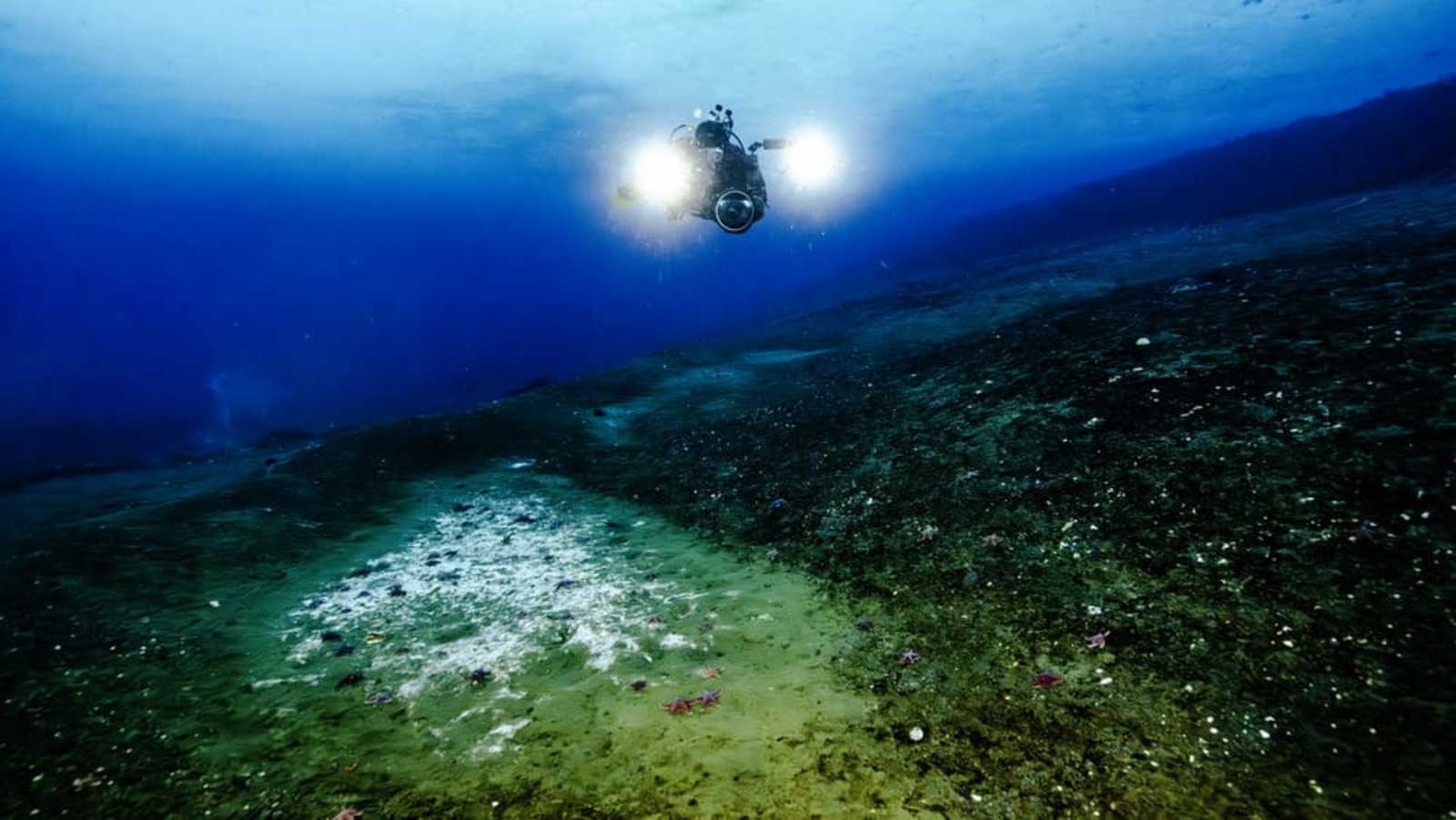
Researchers discover unexpected methane leaks in Antarctica, prompting a new expedition to assess the long-term risks. Credit: Leigh Tait / CC BY-NC-ND 4.0
A surprising surge in methane leaking from the seabed near Antarctica is drawing serious attention from scientists, who say the discovery could signal that climate risks are being underestimated.
Over 40 new underwater vents—known as methane seeps—have recently been found in the shallow waters of the Ross Sea. These seeps are releasing large amounts of methane, a heat-trapping gas far more powerful than carbon dioxide in the short term.
An international team of researchers made the discovery while surveying the seafloor using sonar equipment, underwater robots, and divers. The results, published in Nature Communications, show that methane is leaking from areas where no previous signs had been detected, even in regions that were studied before.
Scientists believe this could mark a significant shift in the way methane is being released in one of Earth’s coldest and most remote environments.
Unusual methane leak in the Antarctica sea may be linked to climate change
Methane is considered one of the most potent greenhouse gases, capable of trapping around 80 times more heat than carbon dioxide over two decades. While ocean methane seeps are common in many parts of the world, Antarctica was thought to have only one known active seep until now.
Sarah Seabrook, a marine scientist from Earth Sciences New Zealand and a co-author of the study, said the discovery caught the team off guard.
At first, each new seep they found was exciting, she said. But that excitement quickly turned to concern as the number of sites kept growing.
The cause behind the sudden rise in methane seeps is still not clear. However, researchers are looking into possible links to climate change. In the Arctic, similar methane releases have been tied to warming ocean temperatures, shifting sea levels, and slow-moving geological changes that began after the last Ice Age.
Seabrook warned that these conditions can create a dangerous cycle: warmer temperatures can trigger more methane to be released, which then causes the climate to heat up even faster.
Scientists prepare for further study in Antarctica
Andrew Thurber, a marine biologist at the University of California, Santa Barbara, and co-author of the study, stressed the importance of tracking where the methane is going.
Methane levels in the atmosphere are rising, but they don’t yet fully understand how much is coming from the oceans, Thurber said. That’s why this discovery is so important.
He added that Antarctica, once viewed as a stable research location, may now become a hotspot for environmental risk if such leaks continue.
The research team is planning to return to Antarctica for a two-month mission. Their goal is to closely monitor the seep sites and study the long-term effects of methane escaping from the seafloor. Scientists hope the new data will help improve climate forecasts and reveal how methane from the deep ocean might impact the planet in the years to come.